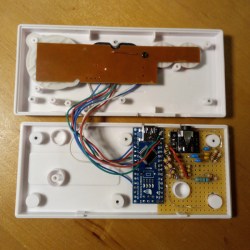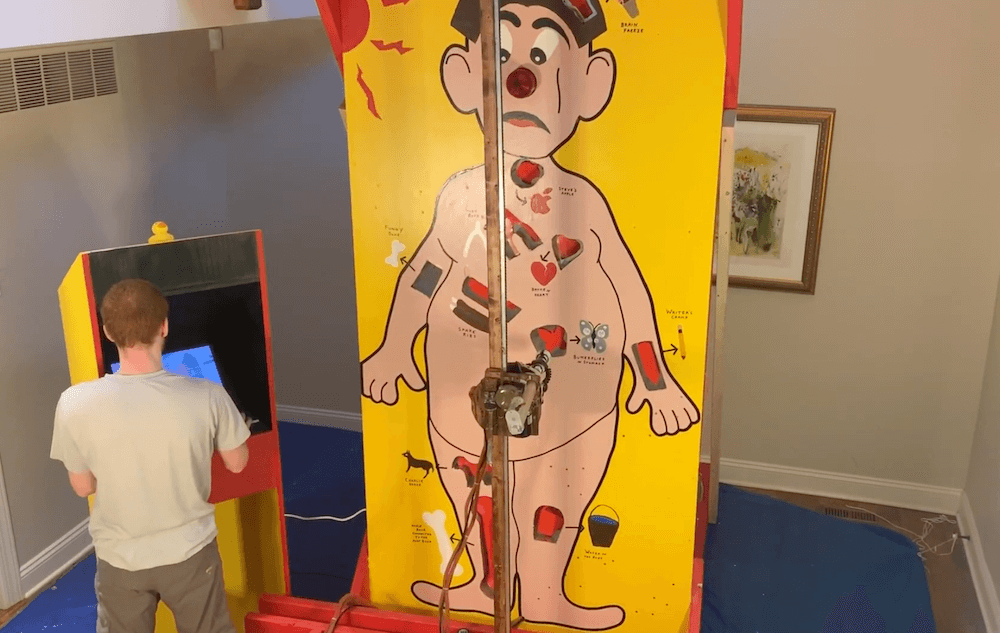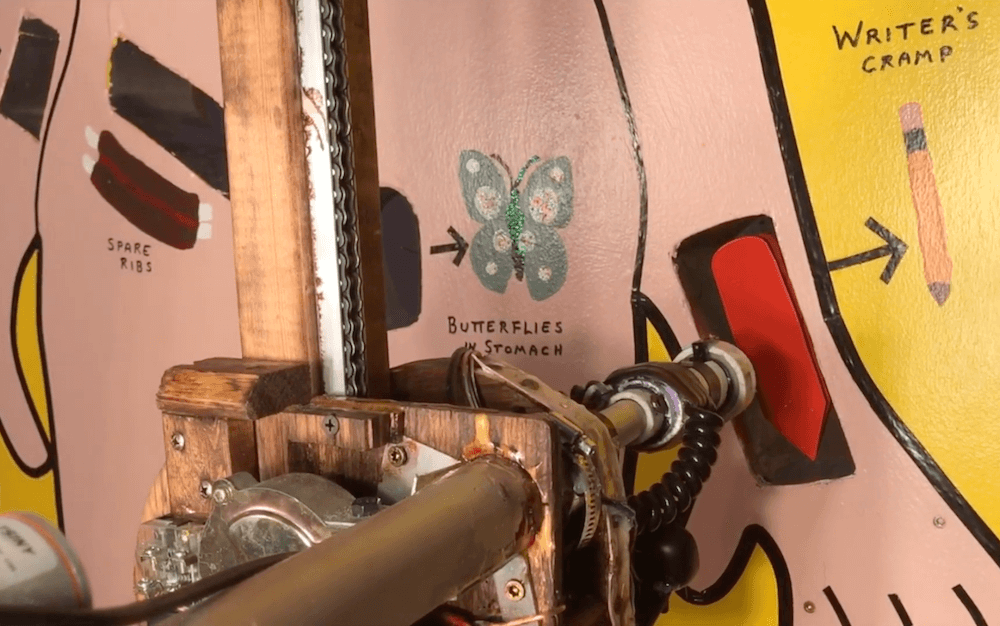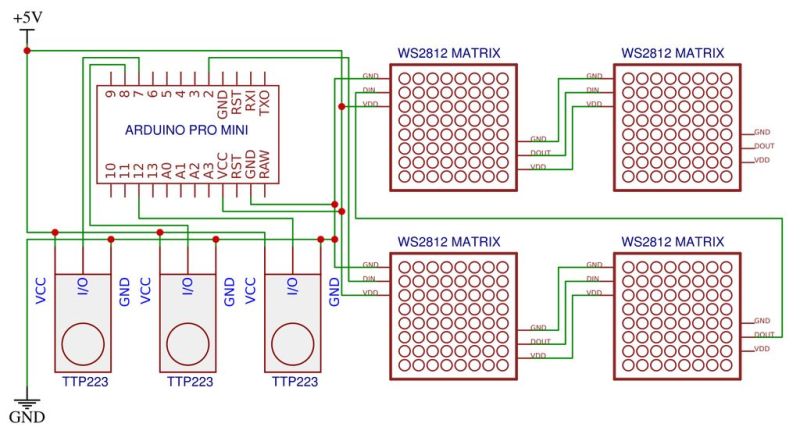Casual Tetris Comes In At $9
[Michael Pick] calls himself the casual engineer, though we don’t know whether he is referring to his work clothes or his laid back attitude. However, he does like to show quick and easy projects. His latest? A little portable Tetris game for $9 worth of parts. There is an Arduino Pro Mini and a tiny display along with a few switches and things on a prototyping PC board. [Michael] claims it is a one day build, and we imagine it wouldn’t even be that much.
Our only complaint is that there isn’t a clear bill of material or the code. However, we think you could figure out the parts pretty easy and there are bound to be plenty of games including Tetris that you could adapt to the hardware.
The display looks suspiciously like an SSD1306 display which is commonly cloned. so that answers one question. These are just less than an inch of screen, but if you buy them from China that eats up almost half of the $9 budget. The Arduino is probably another $3. The other parts are cheap, but it is easy to imagine you might exceed $9 by a bit if you try to duplicate this.
Just from looking at the video, the code looks a lot like Tiny Tetris by [AJRussel], though there are a few others out there if you look. The rest should be pretty easy to puzzle out. Maybe [Michael] will add a link to the code, a bill of materials, and some specific wiring instructions.
Of course, if you just want Tetris, grab your transistor tester. We’ve even seen smaller versions of Tetris given away as business cards.


















